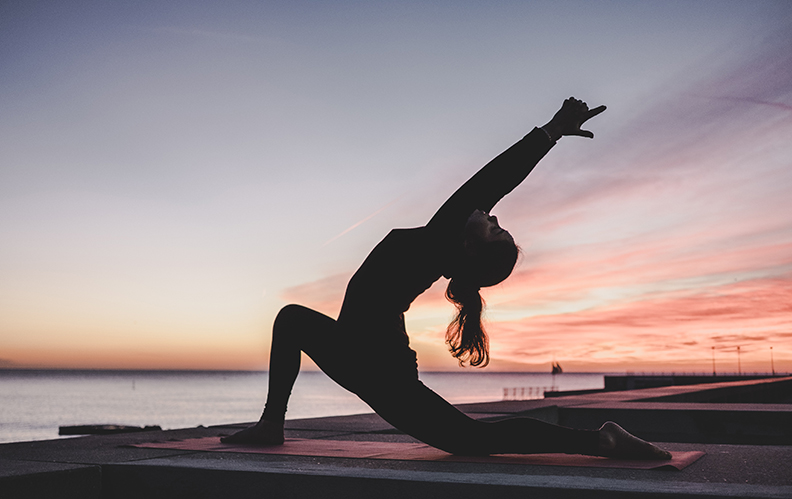Relaxation Techniques for Drug Recovery

As part of our day treatment and intensive outpatient programs, we teach our clients basic relaxation techniques for drug recovery. These skills are essential because they help reduce stress and other negative emotions, which can be major triggers for relapse during recovery. Here is a brief look at some of the most common relaxation techniques, which you can use in your own recovery from drug or alcohol addiction.
Meditation
Meditation is the most well known relaxation technique, and there are a variety of ways to practice it. Basic mindfulness meditation involves sitting upright in a quiet place, closing your eyes, and letting your thoughts and feelings drift freely through your mind, without judgment. You might also try concentration meditation, which involves directing your focus to a single point (such as a candle flame), a mantra, your breathing, etc.
Yoga
For those who want to incorporate movement, muscle strengthening, and meditation in their relaxation, yoga is a great relaxation technique. A yoga instructor will guide you through various body movements and through various types of meditation. It also incorporates spirituality for those who want a spiritual dimension in their relaxation.
Breathing
Breathing is perhaps the simplest relaxation technique, and you can do it virtually anywhere and anytime you feel stress levels rising. Simply place one hand on your chest and one on your belly, and then take a slow and deep breath, sucking in as much air as you can. Hold your breath briefly, and then slowly exhale. It can help to count as you do this, counting 4, 7 and 8 seconds for breathing in, holding your breath, and breathing out respectively.
Progressive muscle relaxation
Progressive muscle relaxation, or PMR, involves repeatedly tensing and then relaxing a particular muscle groups in the body, focusing on various muscle groups until the entire body is relaxed. You can do PMR sitting or lying down, and it is best done with your eyes closed. A thorough PMR session should take about 30 minutes, and it is best to do PMR once a day for maximum benefits. dual whatsapp
Guided imagery
Guided imagery involves using the imagination to cultivate a sense of peace and relaxation. Typically people will imagine themselves relaxing in a peaceful place, such as on the beach of a tropical island, including as much detail in their imagination as possible to make it feel real.
